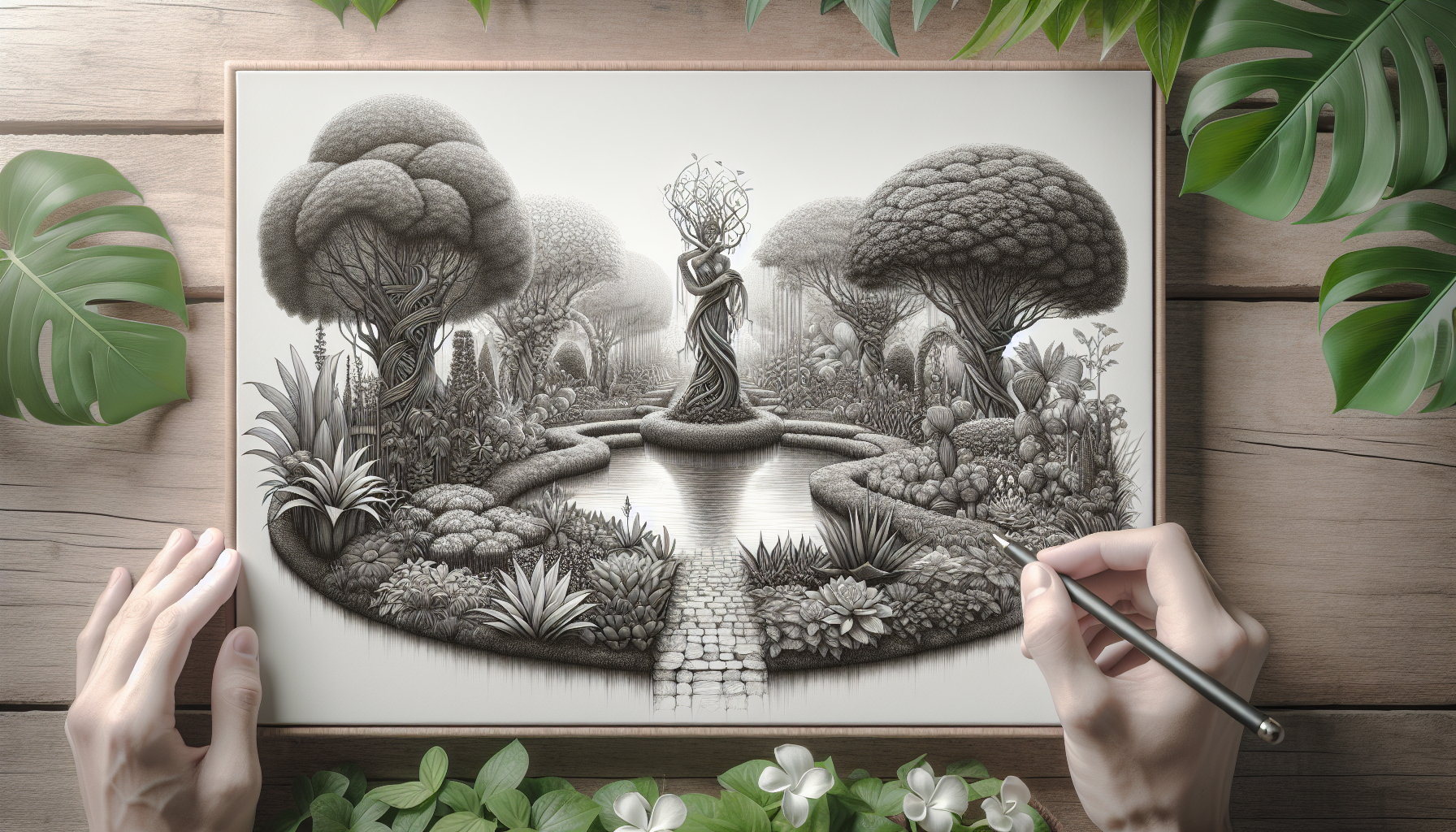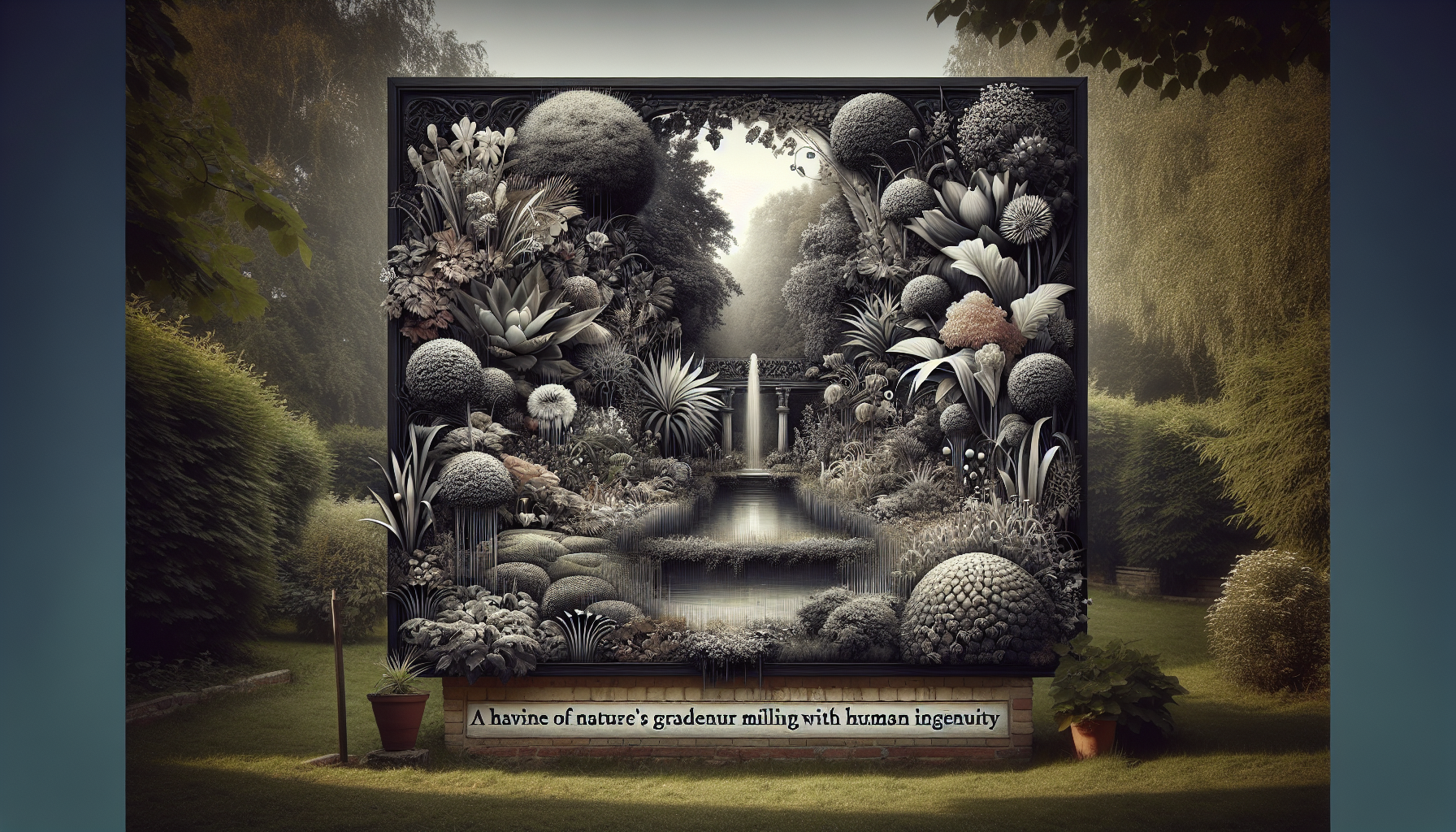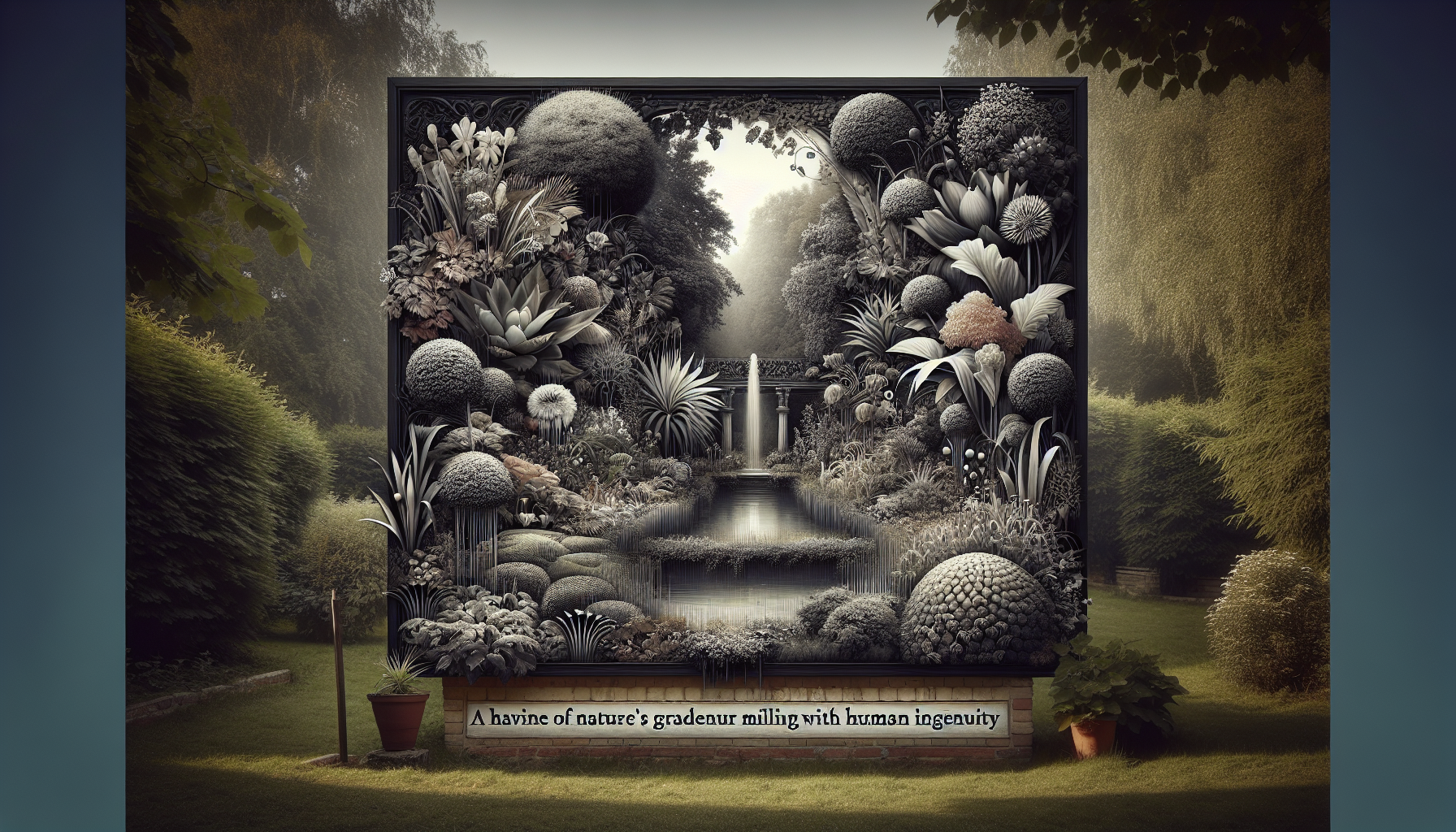Imagine stepping into a beautiful space teeming with vibrant flowers, luscious greenery, and the soothing sound of rustling leaves. This enchanting oasis, known as a garden, has captivated humanity for centuries. But what exactly defines a garden? Is it simply a patch of land adorned with plants, or does it hold deeper meaning? In this article, we will explore the essence of a garden and unravel its true definition, inviting you to discover the magic that lies within these natural sanctuaries. A garden is a piece of land that is cultivated and designed for the purpose of growing plants, flowers, fruits, or vegetables. It is a space where nature and human creativity come together to create a harmonious and beautiful environment. Gardens can vary in size and style, from small backyard gardens to vast public parks. They can serve various purposes, including providing a space for relaxation and recreation, growing food, attracting pollinators, or simply adding aesthetic beauty to a landscape.

Early Gardens
Gardening has a long and storied history, dating back to ancient times. The earliest known gardens can be traced back to ancient Mesopotamia, where the Hanging Gardens of Babylon, one of the Seven Wonders of the Ancient World, were said to have been created. These gardens were terraced and featured a wide variety of plants and trees, creating a lush and vibrant oasis in the desert.
Gardens in Ancient Civilizations
Gardens also played a significant role in ancient Egyptian and Persian civilizations. In Egypt, gardens were seen as a symbol of paradise and were often depicted in artwork and tomb paintings. The Egyptians used gardens to grow food, herbs, and flowers, and they believed that gardens held magical and spiritual significance.
In Persia, the concept of a paradise garden known as a “pairidaēza” was developed. These gardens featured symmetrical designs, flowing water, and an abundance of fruit trees and flowers. They were seen as a reflection of paradise on Earth and were often found within palaces and wealthy estates.

Formal Gardens in the Renaissance
During the Renaissance period in Europe, gardens took on a more formal and structured style. Influenced by the gardens of ancient Rome, Italian Renaissance gardens were characterized by their use of geometric shapes, symmetrical patterns, and ornate fountains. These gardens were often found in the courtyards of grand palaces and were designed as extensions of the living space.
The French also embraced formal gardens during this time, with the Palace of Versailles being a prime example. Designed by André Le Nôtre, the gardens of Versailles feature perfectly manicured lawns, intricate parterre designs, and grand fountains, creating a sense of opulence and splendor that served as a symbol of French power and wealth.
Development of Cottage Gardens
While formal gardens were popular among the elite, the development of cottage gardens provided a more practical and accessible approach to gardening. Cottage gardens originated in England and were characterized by their mix of ornamental and useful plants. These gardens were often found in the front yards of cottages and were created by the cottagers themselves.
Cottage gardens were designed to be productive, with a focus on growing fruits, vegetables, and herbs for sustenance. However, they also incorporated flowers and shrubs for aesthetic appeal, creating a charming and colorful landscape. Cottage gardens became synonymous with the English countryside and are still a beloved style of gardening today.
Types of Gardens
Gardens come in a wide variety of types, each serving a different purpose and catering to different interests. Here are some of the most common types of gardens:
Ornamental Gardens
Ornamental gardens are designed primarily for aesthetic purposes. They feature a wide variety of plants, flowers, and trees arranged in visually pleasing patterns and color schemes. Ornamental gardens can range from formal and symmetrical designs to more naturalistic and casual styles. They are often found in public parks, residential landscapes, and botanical gardens.
Vegetable Gardens
Vegetable gardens, also known as vegetable plots or allotments, are designed for the purpose of growing edible crops. These gardens can be as small as a few containers on a balcony or as large as a dedicated plot of land. Vegetable gardens provide a sustainable source of fresh produce and allow individuals to connect with nature by growing their own food.
Herb Gardens
Herb gardens are dedicated to the cultivation of herbs, which are plants valued for their culinary, medicinal, and aromatic properties. These gardens can be small and contained, such as a few pots on a windowsill, or larger in scale with a wide variety of herbs. Herb gardens not only provide a convenient source of fresh herbs for cooking and healing, but they also add fragrance and beauty to a garden.
Butterfly Gardens
Butterfly gardens are designed to attract and support butterflies and other pollinators. These gardens feature a variety of nectar-rich flowers, host plants for butterfly larvae, and other elements such as water sources and shelter. Butterfly gardens not only create a beautiful and vibrant display of flowers, but they also play a crucial role in supporting local populations of butterflies and other beneficial insects.
Water Gardens
Water gardens are characterized by the presence of water features such as ponds, fountains, and waterfalls. They create a serene and tranquil atmosphere and provide a home for aquatic plants and wildlife. Water gardens can range from small containers with floating plants to large ponds with elaborate filtration systems. They add visual interest and a sense of serenity to any outdoor space.
Elements of a Garden
To create a successful and visually appealing garden, various elements need to be considered and incorporated. These elements work together to create a cohesive and harmonious design. Here are the essential elements of a garden:
Plants
Plants are the backbone of any garden. They add color, texture, and fragrance and create the overall aesthetic of the space. The selection of plants should take into account factors such as climate, soil conditions, and personal preferences. A well-designed garden will incorporate a variety of plants, including trees, shrubs, perennials, annuals, and grasses, creating a diverse and dynamic landscape.
Hardscape
Hardscape elements refer to the non-living elements in a garden, such as pathways, walls, patios, and structures. These elements provide structure, organization, and functionality to the garden. The choice of materials, such as stone, concrete, or wood, can greatly impact the overall style and feel of the garden. Hardscape elements should be designed to complement the plants and create a harmonious balance between nature and built structures.
Water features
Water features, such as ponds, fountains, and waterfalls, add movement, sound, and a sense of tranquility to a garden. They can provide a focal point and create a soothing atmosphere. Water features can range from simple bird baths to elaborate koi ponds, depending on the size and style of the garden.
Furniture and Decorations
Furniture and decorations add the finishing touches to a garden. They provide comfort, functionality, and a personal touch to the outdoor space. Common garden furniture includes benches, tables, chairs, and loungers. Decorations can include sculptures, garden art, and decorative containers. The choice of furniture and decorations should be in line with the overall style and theme of the garden.
Paths and Walkways
Paths and walkways play a practical and aesthetic role in a garden. They create connectivity and guide visitors through the space. Paths can be made of various materials such as gravel, stone, or wood. They can be straight or winding, depending on the desired effect. Walkways can be adorned with plants or other decorative elements to enhance their visual appeal.

